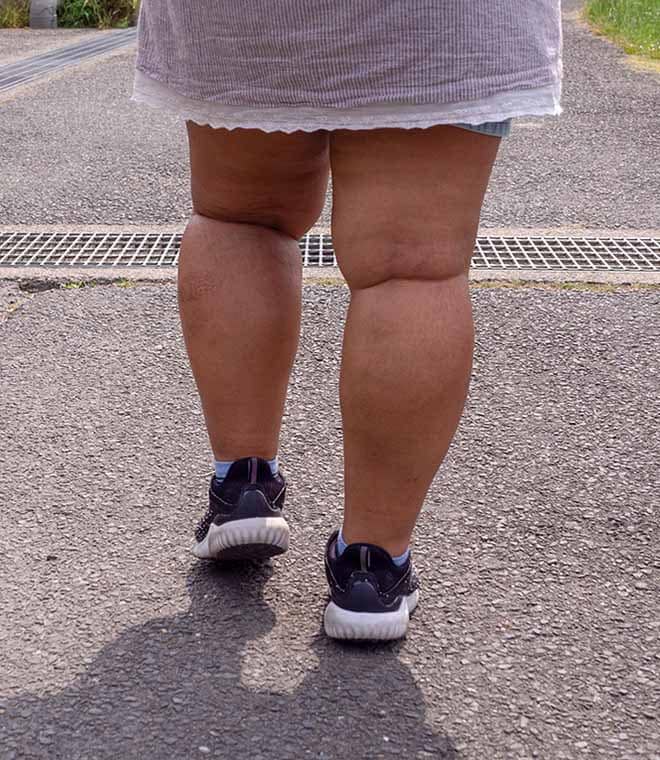Health
What is gynoid obesity?
By Katy Brodski-Quigley, MD, EdM Apr 22, 2024 • 3 min
Obesity is a major health issue affecting millions of people around the world. It involves an excess of body weight, especially fat, but there are different ways to describe the condition. This is important because where the excess fat is located on the body can help predict the likelihood of developing obesity-related health problems. Usually, obesity is measured in terms of body mass index (BMI), but identifying its location is another way to gauge the extra weight. When it's collected below the waistline, this additional weight is known as gynoid obesity.
Gynoid obesity
When excess body weight is collected on the hips and thighs, it’s often referred to as gynoid obesity. It’s also called female-pattern obesity or pear-shaped obesity. This kind of extra weight may be harder to lose. The good news is that it's believed to be associated with a lower risk for developing health problems related to obesity, such as heart disease, cholesterol, diabetes and high blood pressure, compared to excess body fat in the abdominal area. However, it may still contribute to joint issues, such as osteoarthritis.
There is a misconception that gynoid pattern obesity is beneficial for childbearing. This is incorrect. Obesity, just like being underweight, can lead to complications for pregnancy and childbirth.
Abdominal or android obesity
Unlike gynoid obesity, android obesity is the kind of excess body weight collected on the torso. This type of obesity is linked to a greater risk of developing conditions such as diabetes, high blood pressure and heart disease.
Android vs. gynoid obesity
There are many body mass index (BMI) calculators available in health apps and online, including one provided by the Centers for Disease Control and Prevention (CDC).
If a person’s BMI is above 30, they can determine whether they have android or gynoid obesity by measuring their waist circumference. Place a tape measure around the waist, just above the hip bones, and mark the length. A circumference of more than 35 inches for women and 40 inches for men is a sign of android obesity. If the waist circumference is under those values, then the person likely has gynoid obesity.
It is important to note that neither BMI nor waist circumference can be used as an accurate measure of obesity in pregnant women.
Obesity is a complex issue, with genetic and environmental factors playing a role in body fat distribution. Any kind of excess weight may contribute to health problems, but gynoid obesity seems to be associated with a lower risk of obesity-related health issues than excess fat in the abdominal area. Talk to your healthcare provider for an evaluation. They can explain your risks and devise a plan to help you achieve and maintain a healthy weight.
Clinically reviewed and updated April 2024.
- https://www.nhlbi.nih.gov/files/docs/guidelines/ob_gdlns.pdf
- https://www.cdc.gov/healthyweight/assessing/index.html
- https://www.nhlbi.nih.gov/health/educational/lose_wt/risk.htm
- https://www.nhlbi.nih.gov/health-topics/overweight-and-obesity
- https://www.omicsonline.org/scholarly/gynoid-obesity-journals-articles-ppts-list.php
- https://academic.oup.com/ajcn/article/87/6/1750/4633408




